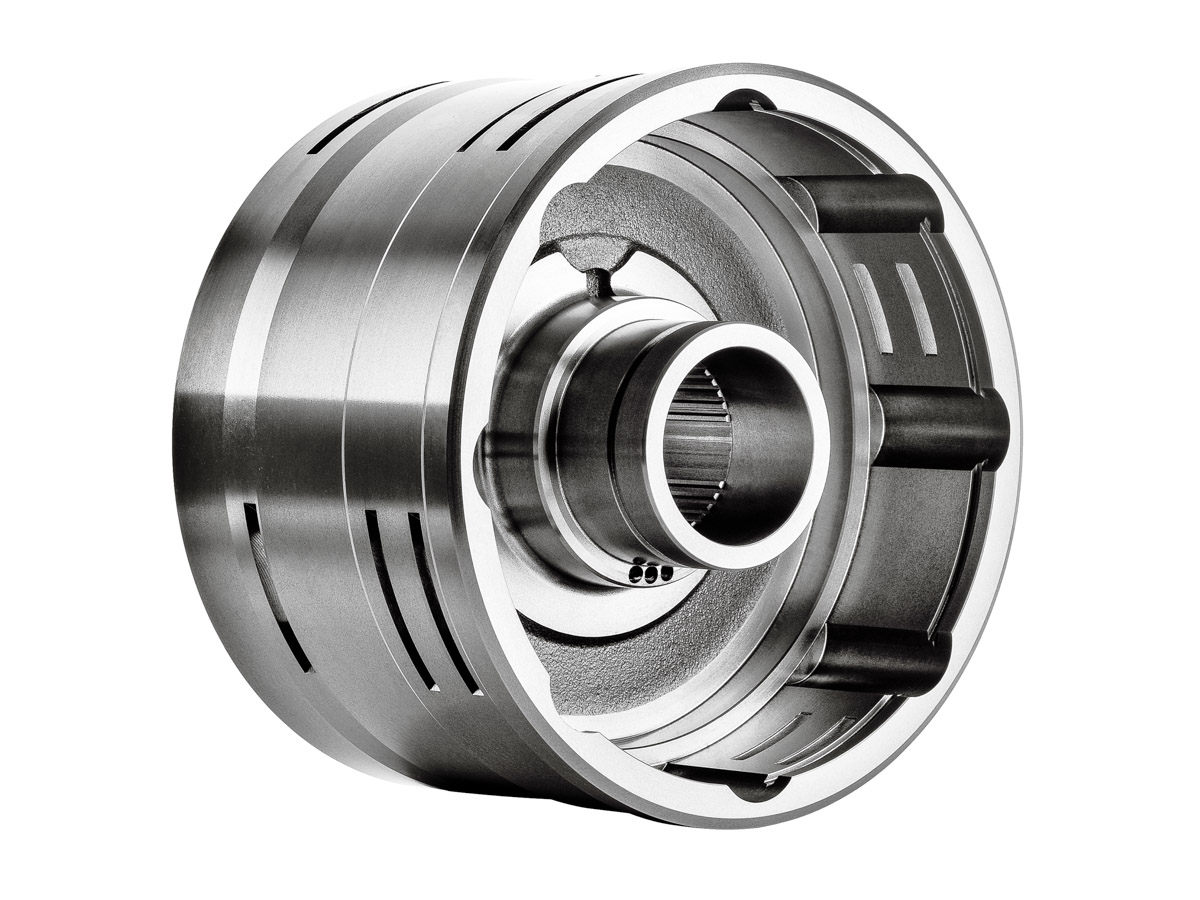
13 May It’s all about your audience
If you’ve never hired a professional photographer before, especially for a commercial shoot, you may be in for a surprise when it comes to the estimate you receive for your project and it may lead to some questions so I thought it would be best to write a post explaining the three main factors of a commercial photography job. They are – creative fees, expenses, and licensing.
Creative fees cover the cost of having a photographer create the images requested. This includes pre-production such as meetings, phone calls, scheduling of freelancers etc., the session itself (usually a day or half day rate), and post-production costs which includes file prep, retouching, image storage and delivery.
Expenses cover everything from freelancers – makeup and clothing stylists, food stylists, prop stylists, photography assistants, digital techs etc. as well as craft services, studio rental, equipment rentals, props and set building, and talent (models) to name a few.
Licensing….what?? Doesn’t the creative fees cover that? While it may be true that you paid for the photographer to create the images, you haven’t yet paid for the right to use them. This may sound confusing but let me explain…
Let’s take stock photography for an example. Let’s say you went to Getty Images to license a stock image for your website campaign. You find an image that’ll work, and the fee to use the image is $1550 for 3 years of usage in digital format. You don’t own the image, you’re simply licensing to use it. When you commission a photographer for a specific job, you’re not only licensing the right to use the image, you’re also paying for it to be created.
How is licensing priced?
Licensing is based on a few different factors: Where the image is being used, length of use, size of your audience, and exclusivity. Are the images you want to license being used for an email campaign being sent out to 12,000 or 500,000 customers? Is the image going on a package that will be used for 5 years or is it a social media post? Do you want exclusive rights to the image, so that no one else can use the same image for their advertising efforts? These are just some of the questions that determine a fair cost for licensing.
A real world example that you probably have a lot of experience with is music. When you purchase a song from i-tunes what you’re really purchasing is the right to listen to that song as many times as you’d like on whatever device you’d like. You don’t OWN the song. If you were to use that song in a commercial for your business, that would be against the copyright act of 1976. But, you could contact that artist and license the song for a agreed upon amount. Moreover, if you wanted the same artist to write a new song for your business that would be exclusive to you alone, then you’d be paying for exclusive licensing of the song, as well as what it would cost for the artist to write and produce it.
Large companies know that producing a large commercial shoot can take weeks of planning, teams of people with a budget to match. I don’t say that to scare you away from hiring a professional photographer for your project, but rather to inform you of the amount of work that goes into a successful shoot to create images that are consistent with your brand.
Even if you have a small business and need images for your marketing, give me a call – I’m confident I can work with you to meet your needs and work within your budget.





Sorry, the comment form is closed at this time.